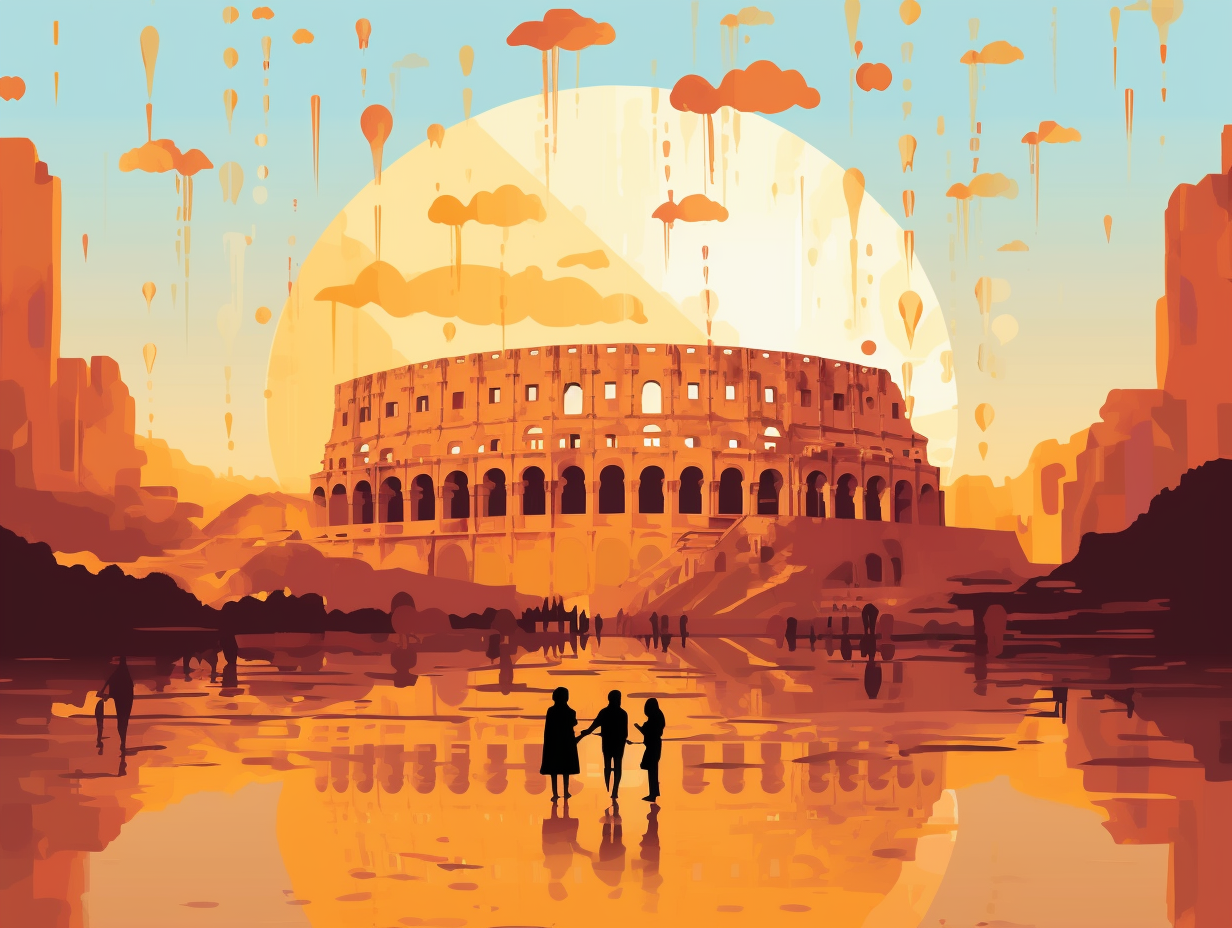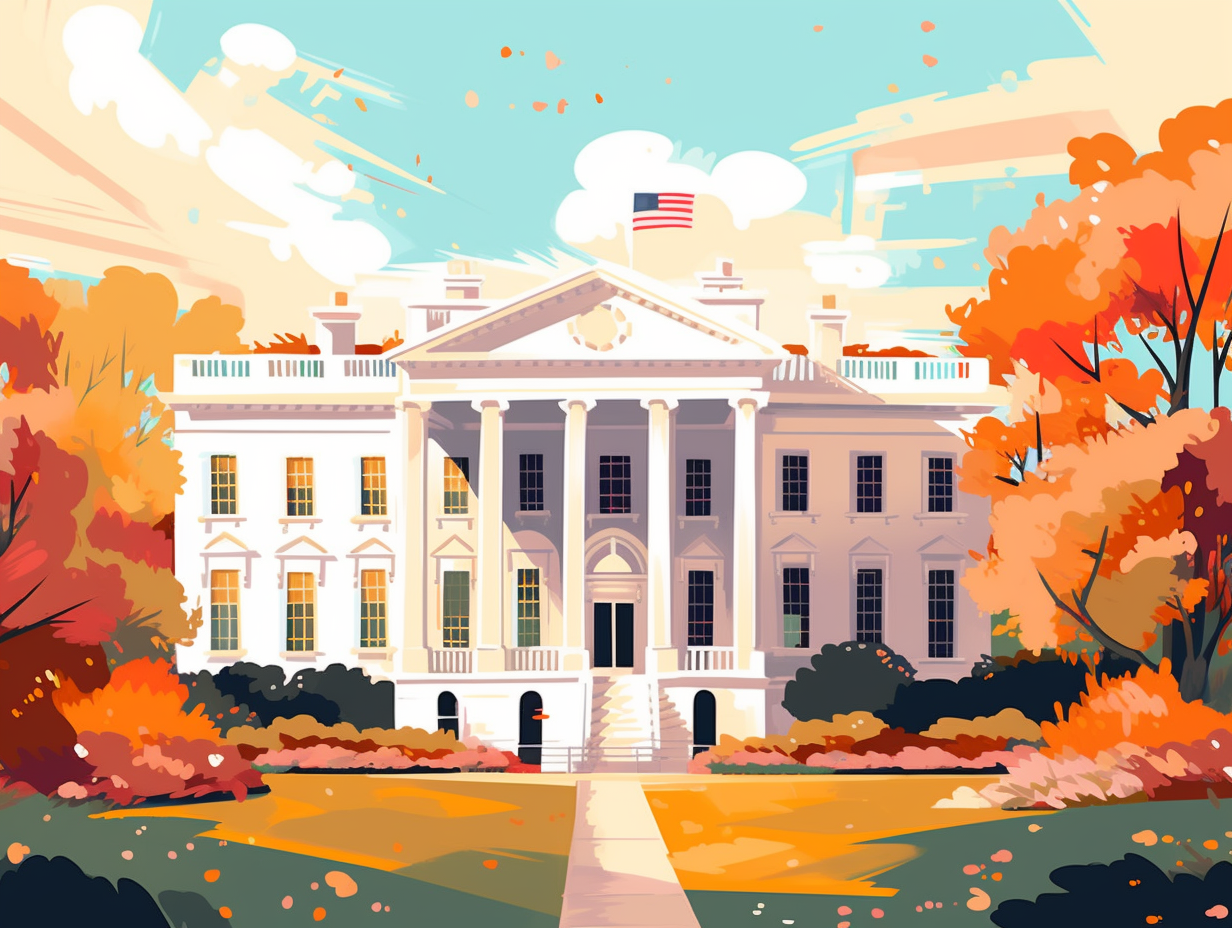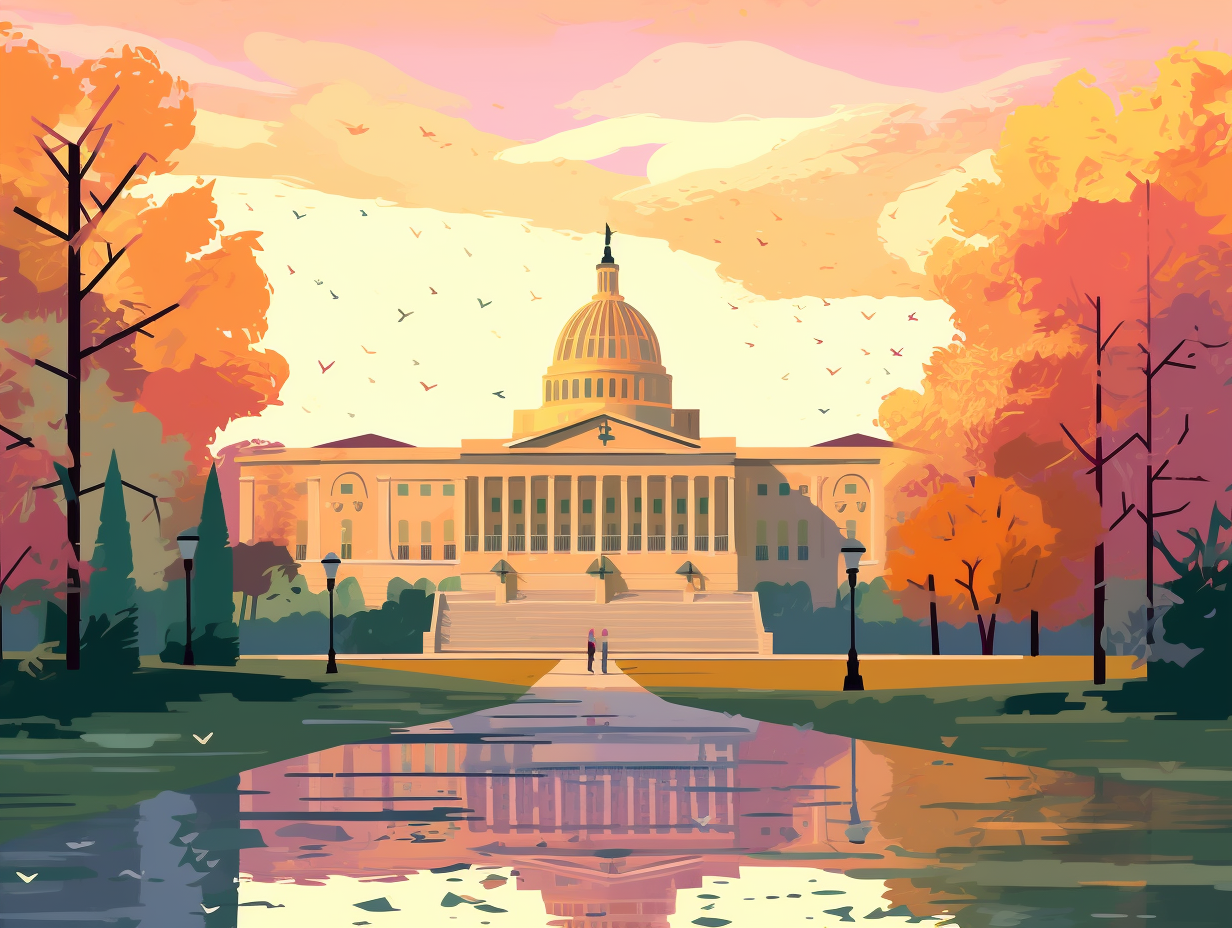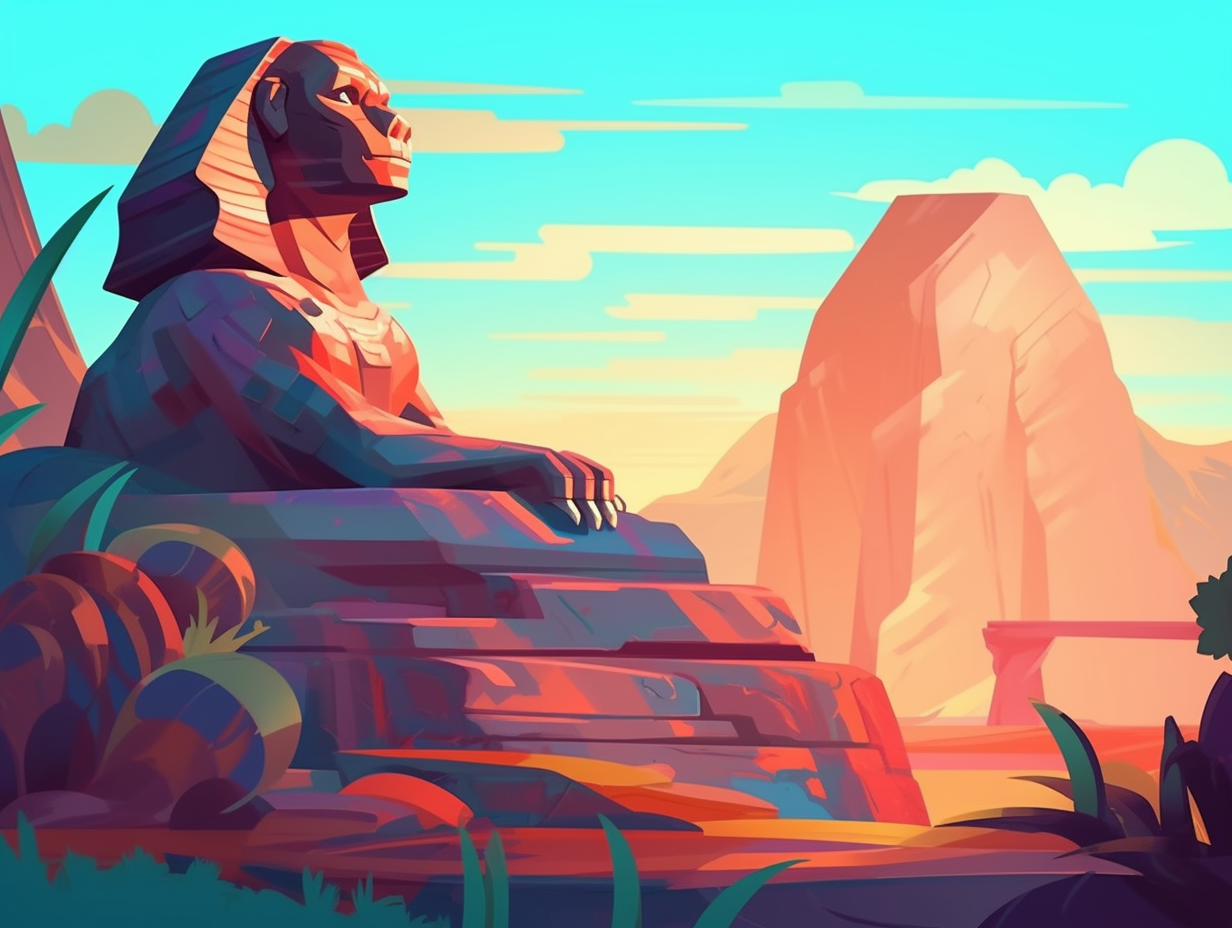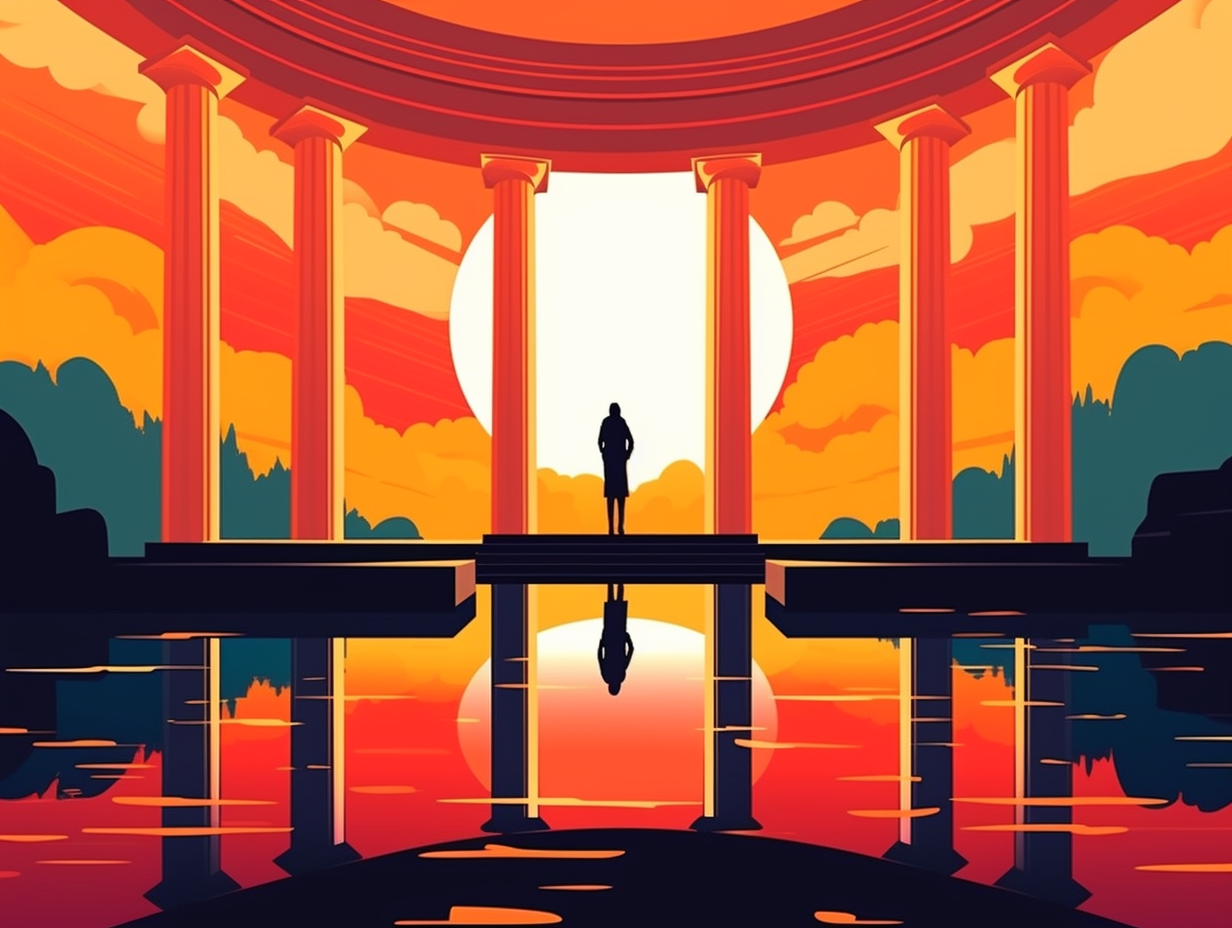Discover the Secrets: Top 14 Fun Facts About Iconic Landmarks Around the World
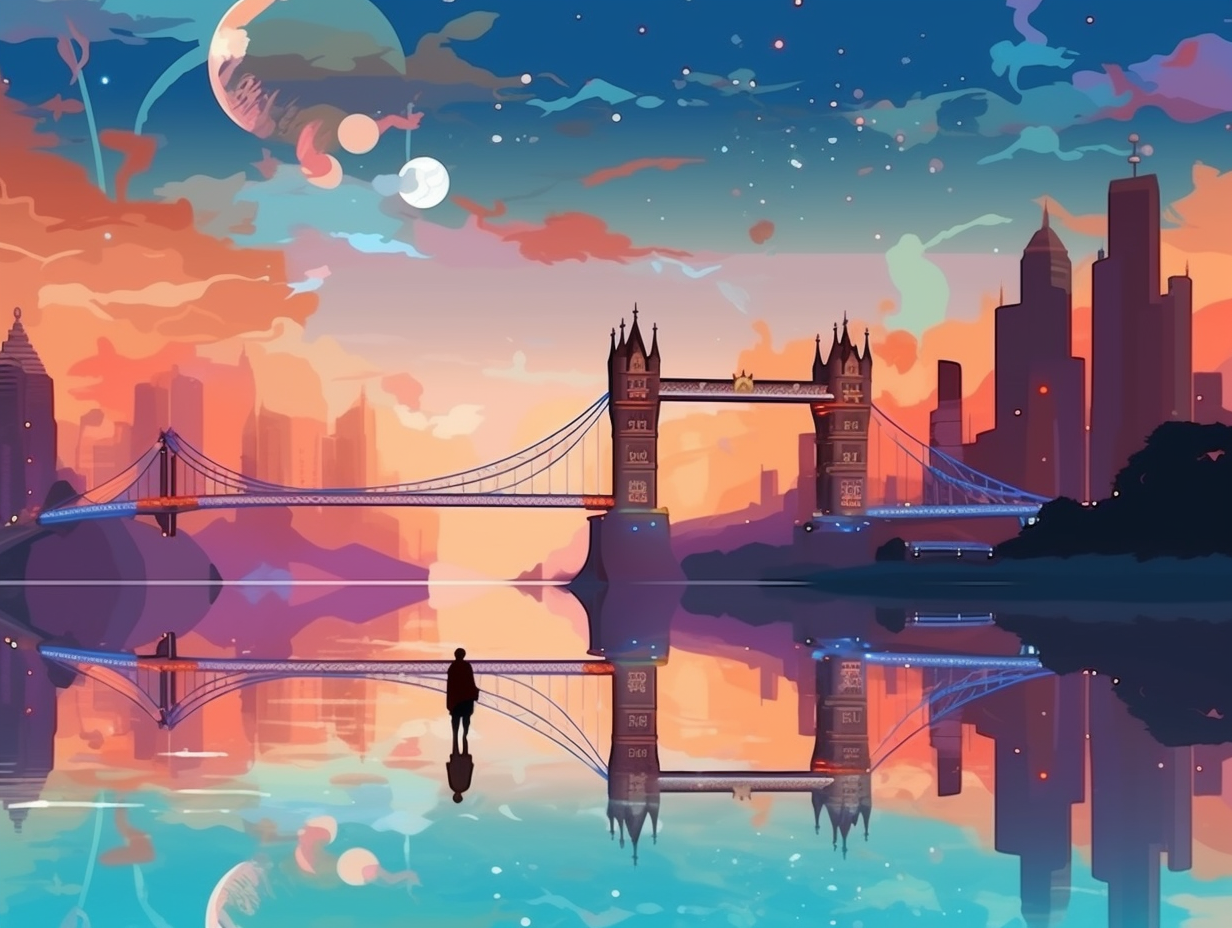
1. Eiffel Tower's Secret Lab
Who says science can't reach new heights with a twist of French flair? Bienvenue to Gustave Eiffel's high-altitude laboratory, otherwise known as the Eiffel Tower: This Parisian icon didn't just wow tourists with its grandeur, but also harnessed its stature for scientific breakthroughs including aerodynamics, meteorology, and even war-time wireless transmissions, intercepting enemy telegrams and ensnaring pesky spies. Sacré bleu, that's one multifaceted marvel!
Source => toureiffel.paris
2. Tipsy Tower of Pisa Sobers Up
The Leaning Tower of Pisa didn't just have a few too many drinks – in fact, it sobered up quite a bit over the years: Originally tilting at a 5.5-degree angle, the tower's lean was reduced to 3.97 degrees between 1990-2001 through a series of interventions, including removing the bells, adding cables and counterweights, and shifting soil from underneath the structure. Today, visitors can enjoy the "only slightly tipsy" tower by climbing its 251 steps – just be sure to buy tickets in advance and leave the little ones at home, as children under eight are not permitted.
Source => gpsmycity.com

Did you know the Eiffel Tower is quite the fashionista? Discover its colorful history and unique gradient design that keeps it looking chic every seven years. 🎨🗼
=> Fun Facts about The-Eiffel-Tower
3. Lady Liberty's Egyptian Makeover
Before Lady Liberty decided to "go west, young woman": The iconic Statue of Liberty was initially designed by French artist Frédéric Auguste Bartholdi as a massive Egyptian peasant woman wielding a torch to represent Egypt's industrial and social progress, but after the project was rejected due to cost concerns, Bartholdi pivoted to create the monument as an emblem of freedom and democracy for the United States, taking cues from the Roman goddess of liberty and the ancient Colossus of Rhodes, finally establishing its forever home in New York City in 1886.
Source => egyptianstreets.com
4. Mount Rushmore's Hidden Hogwarts
Hidden in the Presidential poker faces on Mount Rushmore lies an unfinished American Hogwarts, just waiting for its School of Witchcraft and Wizardry: Mount Rushmore was initially planned to house a Hall of Records behind the carved visages, designed to educate visitors about U.S. history, but the grandiose scheme was ultimately left incomplete due to funding snags.
Source => nationalgeographic.com

5. London Bridge's Arizona Adventure
Who knew London Bridge wasn't falling down, but rather shipping out: In 1968, American entrepreneur Robert P. McCulloch bought the bridge, dismantled it piece by piece, transported it all the way to Lake Havasu City, Arizona, and reassembled it, spending over $2.7 million in the process. Now it proudly stands as one of Arizona's top tourist hotspots, bridging continents and cultures!
Source => cbp.gov
6. Great Wall's Moon Mystery
Forget needing a telescope to view the Great Wall of China from the moon—it turns out, you might not even need NASA's help to see it from low orbit, just the right conditions: Astronauts like Eugene Cernan and Ed Lu have claimed to see the Great Wall from low orbit, with Leroy Chiao even snapping a photo in 2004. However, optimal visibility requires low sun on the horizon and long shadows, as the wall's stone and clay materials blend in with the landscape when seen from above.
Source => scientificamerican.com
7. Sydney Opera House's Orange Inspiration
Before slicing an orange became a party planner's trick, it inspired an architectural marvel: The Sydney Opera House's iconic white shells were designed by Jørn Utzon, who drew inspiration from the segments of a peeled orange, overcoming controversies and inventing modern industrial techniques along the way – a construction journey worthy of comparing to the Egyptian pyramids.
Source => apnews.com
8. Stonehenge's Uber Moving Service
Forget Uber Eats, ancient Britons had Uber Stones: Stonehenge's bluestones were hauled by hand from quarries in west Wales, 180 miles away, with workers using wedges and ropes to move these massive rocks onto wooden sleds before transporting them to their final destination.
Source => time.com
9. Grand Canyon's Aging Profile
If the Grand Canyon had a dating profile, it would boast about its age while secretly using filters to hide its ever-changing wrinkles: This impressive landmark contains rocks dating back 2000 million years, with unique and vivid colors caused by different erosion rates and the semi-arid climate – always keeping visitors guessing what they'll find on their next rendezvous!
Source => grandcanyon.com

10. Christ the Redeemer's Pricey Ascension
While Jesus may have turned water into wine, it took a whole lot of concrete and stone to craft his colossal likeness down in Rio: The famous Christ the Redeemer statue took nine years to build, from 1922 to 1931, costing a divine $250,000 back then (around $4,100,000 today). Towering at 30 meters (98 ft) tall, excluding its 8-meter (26 ft) pedestal, the stony Savior had his visage carved by Romanian sculptor Gheorghe Leonida, with French artist Paul Landowski overseeing the entire heavenly project.
Source => en.wikipedia.org
11. Colosseum: Ancient Stadium Rock
Long before stadium rock, there was stadium Roman: The Roman Colosseum was the ultimate entertainment venue, showcasing everything from gladiator battles to wild beast hunts, all while ensuring the riffraff and high society had their designated seats. Talk about keeping up with the Caesars! In all seriousness: The Colosseum is the world's largest amphitheater, boasting an impressive capacity of up to 80,000 spectators spread across four circular tiers, and featuring an innovative oval shape for unobstructed views of the deadly action.
Source => thecollector.com
12. Golden Gate Bridge's Stylish Engineering
Who says engineers can't have style? When the Golden Gate Bridge's Chief Engineer, Joseph B. Strauss, put on his thinking cap, he didn't know he'd be painting the town red – literally! But when Consulting Architect Irving F. Morrow entered the scene, the bridge's iconic Art Deco style came to life: Morrow added elegant lines, simplified pedestrian railings, and lean light posts, creating the world-renowned vertical ribbing and decreasing tower portals that emphasize the bridge's towering grandeur – all wrapped up in that captivating International Orange hue.
Source => goldengate.org
13. Taj Mahal's Garden Party
Did you hear about the Taj Mahal's rebellious streak? It prefers to sit in a corner and let the garden take center stage. But don't let it fool you, this unconventional choice results in architectural magic: Unlike typical Mughal tombs placed smack dab in the middle of gardens, Shah Jahan showcased the Taj Mahal's beauty by positioning it at one end of a 17-hectare Mughal garden, with its four standalone minarets giving it that extra oomph of depth and symmetry.
Source => whc.unesco.org
14. Atomium's Mega Molecular Marvel
Hold onto your protons, because we're going atomic: The Atomium in Brussels, Belgium, is a mega-sized monument designed to depict nine iron atoms, arranged like a body-centered cubic unit cell and standing 102 meters tall. Each of its nine spheres boasts an impressive 18-meter diameter, but contrary to popular belief, it's not a 165-billion-times magnified crystalline molecule. Built as the icon of the 1958 Brussels World's Fair, the Atomium now entertains and enlightens tourists as a museum, art center, and cultural hotspot.
Source => en.wikipedia.org
Related Fun Facts

